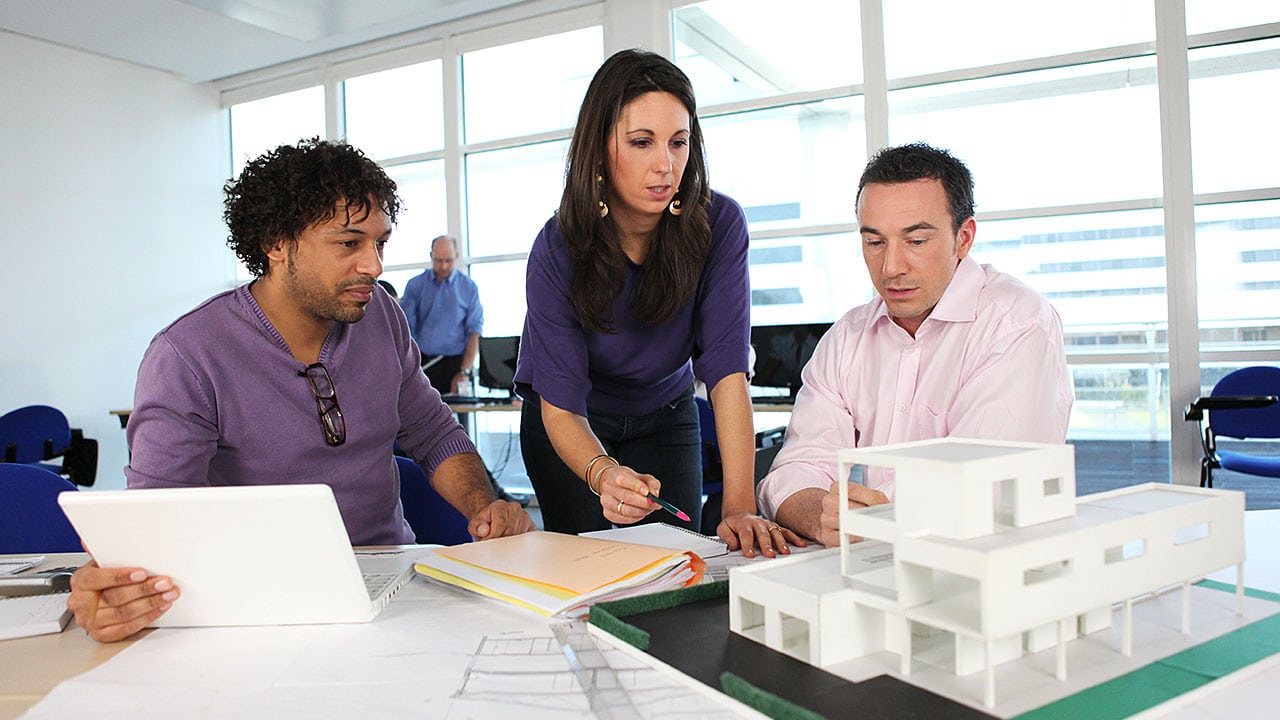One of the fun things about working in digital design is that you can learn to combine the capabilities of various applications to produce effects and glean information that would not be available otherwise. Students at technical design college are particularly advantaged in this regard, spending a great deal of time exploring the various uses of different software programs.
For those interested in building information modeling (BIM), one great tool to use is Autodesk Navisworks. A particularly powerful tool for the planning stages of a building design project, Navisworks is widely used by professionals around the world, and mastering its use can be greatly rewarding.
Here are a couple of the most important uses of this software.
Use Navisworks to Detect Design Clashes
Building information modeling applications like Revit are quickly becoming the most popular tools around for designing and modeling structures of all shapes and sizes, as they make it easy to include a wealth of information in a single file. Thanks to them, digital building designs are becoming more informative and complex, often including the structures themselves; mechanical, electrical, and plumbing systems; fire prevention systems; and more, all joined together in a single package.
There’s no doubt that this approach can be hugely beneficial to teams working on creating new structures, and graduates of BIM courses can, therefore, expect to find themselves in high demand in a variety of industries. With greater model complexity, however, comes a greater opportunity for little misalignments between the layers of a project to happen. Given the scale of many BIM projects, hunting through all the different layers of a project to ensure no mistakes can be found would be a chore to complete manually.

Clash detection with Navisworks can help students quickly improve the cohesion of their models
Navisworks makes the process of detecting these misalignments—also known as clashes—a great deal easier, automating the process of detecting when the different layers of a project do not match up correctly. This allows students to quickly note down when there is an issue with their projects and take the steps necessary to correct them. Given the premium placed on accuracy and efficiency in the world of construction, learning to use Navisworks for clash detection is very beneficial, and something that will serve you well in your future career.
Estimation Tools That Graduates Find Useful
A great many parts and components go into the design and construction of a building, and Navisworks can take a fair amount of a headache out of the process of counting those pieces. It offers tools that can automatically estimate the number of materials, the number of building components, and more that will be used in a project, allowing users to devote more of their efforts to the modeling of a structure and less to the lengthy process of calculation.

Navisworks’ estimation tool allows users to spend more time on design and less on calculation
For graduates of a technical design college, this feature combines with the clash detection feature above to make Navisworks an excellent tool for the review portion of their project development. They can import a model developed in Revit, check its structures for clashes, and estimate the cost and number of components to be used, all in one convenient location. It’s a perfect example of the way that digital modeling careers are built not just on mastery of a single application, but on becoming familiar with many different programs and developing many different skills.
Do you want to learn the most important tools of the digital design trade?
Study building information modeling at Digital School!

